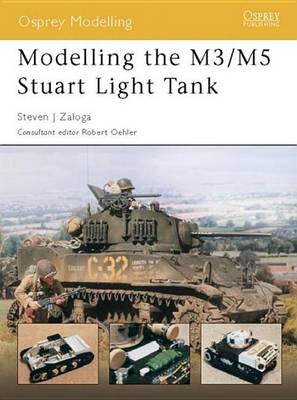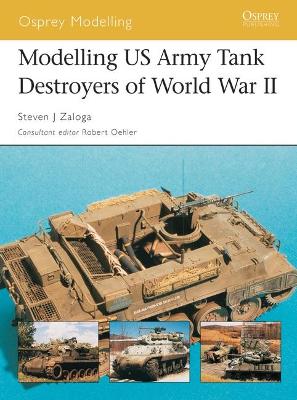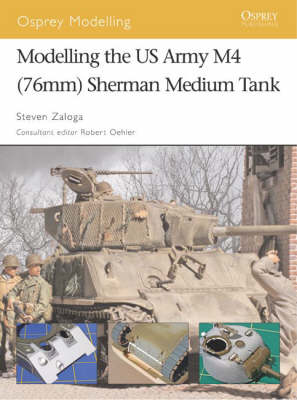Osprey Modelling
4 primary works
Book 4
The M3 and M5 family of light tanks were the culmination of American tank development of the 1930s. However, by the time of the outbreak of World War II, they were approaching obsolescence. First entering combat in the autumn of 1941 in the Western Desert with the British Army, the Stuart quickly showed that it was inadequate in tank fighting. They proved more suitable in the Pacific theater than in Europe, and fought successfully in many of the major battles. This title shows three different ways of building these popular tanks, covering construction, painting and weathering, as well as illustrating the vehicles in diorama settings.
Book 13
The US Tank Destroyer program was introduced as a cost-effective way of dealing with German armour. As opposed to most of the other combatant powers of WWII, the US did not want to use its tank battalions to confront opposing armour. Rather, specialised tank destroyer battalions, both towed and self-propelled, were raised to do the job. This book covers, among others, such types as the M18 Hellcat, the M3 / M5 Stuart Light Tank and the M4 Sherman and is packed with information useful to modellers of all standards.
Book 35
The Sherman was the most widely used Allied tank of World War II and was built in larger numbers than all German tanks combined. There was also a huge number of variants, powered by different engines, and manufactured with different types of hulls and turrets. This book presents an expert guide to modelling the 75mm gun versions used by the US Army in the ETO, in 1/35 and 1/48 scale. The projects featured include an early M4A1 from Operation Husky (July 1943), an intermediate M4 during Operation Cobra (August 1944), an M4 mine-roller in the Ardennes (January 1945), and a M4A3 during Operation Grenade (February 1945).
Book 40
The Sherman tank was the principal US and Allied tank of World War II - more Shermans were built than all German tanks combined. Not only were large numbers of Shermans manufactured, but a large number of variants emerged powered by different types of engines and with different types of hulls, turrets and other details, making it an ideal subject for any modeller. Steven J Zaloga takes on the Sherman tank in this book, providing a guide to four variants across a range of different skill levels, depicting differing colour schemes and techniques which are examined and illustrated in lavish full-colour step-by-step photographs.



